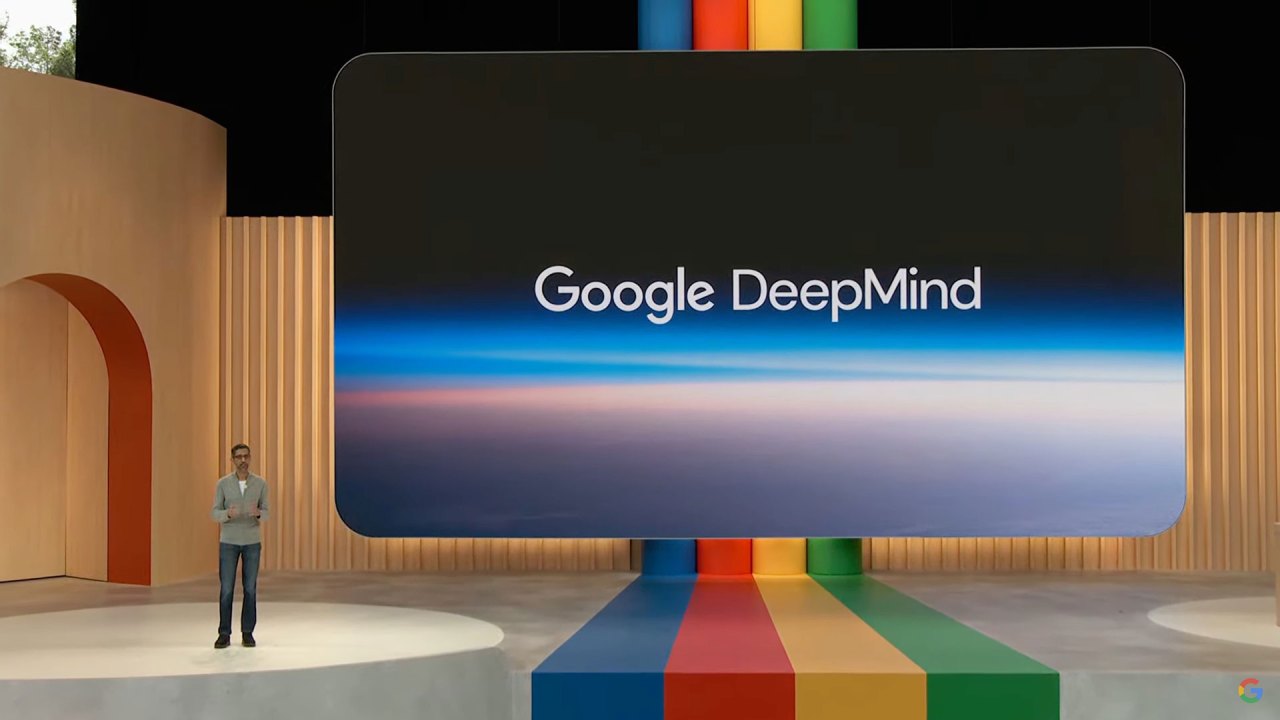In the rapidly evolving world of artificial intelligence, advancements continue to reshape our understanding of what’s possible. Recently, DeepMind announced a significant leap in robotics with the introduction of RoboCat, an AI model that revolutionizes how machines can learn to perform a variety of tasks using different models of robotic arms. Although the concept of AI-driven robotics isn’t new, RoboCat stands out by demonstrating its ability to adapt to multiple tasks across real-world applications and various robotic configurations.
From Inspiration to Innovation
At the heart of RoboCat’s design lies its predecessor, Gato, an AI model capable of analyzing and responding to text, images, and events. DeepMind engineers capitalized on this concept, creating a model that learned through images and action data collected from both simulated environments and the real world. Its robust training methodology is a perfect example of how AI evolves through layers of previous experiences and iterations, paving the way for increasingly sophisticated robots.
How RoboCat Learns
The training process for RoboCat is both intricate and strategically structured. Initially, researchers compiled between 100 and 1,000 demonstrations showcasing various tasks performed by human operators using robotic arms. Think of it as a teacher demonstrating how to pick up gears or stack blocks for a class of prospective robot students.
- Fine-Tuning: Once the demonstrations were collected, RoboCat underwent a fine-tuning process, resulting in a specialized “spin-off” model. This iteration practiced the task approximately 10,000 times, effectively solidifying its understanding and performance.
- Data Generation: Researchers continually expanded the training dataset by leveraging both the data generated from spin-off models and the initial demonstrations, ultimately refining RoboCat’s learning capabilities.
Quantifiable Progress and Adaptability
What sets RoboCat apart is not just its ability to perform tasks but its impressive adaptability. Trained on a staggering 253 tasks and benchmarked against 141 variations, RoboCat displayed remarkable versatility across different robotic arms. Despite its limitations—success rates fluctuating from 13% to 99%—the model’s capacity for learning new tasks with as few as 100 demonstrations shows its potential to transform the landscape of robotic learning.
The Future of RoboCat and Robotics
DeepMind’s goal for RoboCat extends beyond merely refining existing models. Research scientist Alex Lee mentioned aspirations of reducing the number of demonstrations required to teach new tasks to fewer than 10. This vision suggests a future where barriers to integrating robots into various industries could be significantly lowered, ultimately driving more widespread adoption of robotics.
Conclusion
As we witness the development of models like RoboCat, it’s clear that the future of robotics is poised for transformation. The combination of large training datasets, adaptable learning mechanisms, and real-world applicability paints an optimistic picture for industries eager to leverage robotic solutions.
At fxis.ai, we believe that such advancements are crucial for the future of AI, as they enable more comprehensive and effective solutions. Our team is continually exploring new methodologies to push the envelope in artificial intelligence, ensuring that our clients benefit from the latest technological innovations. For more insights, updates, or to collaborate on AI development projects, stay connected with fxis.ai.

